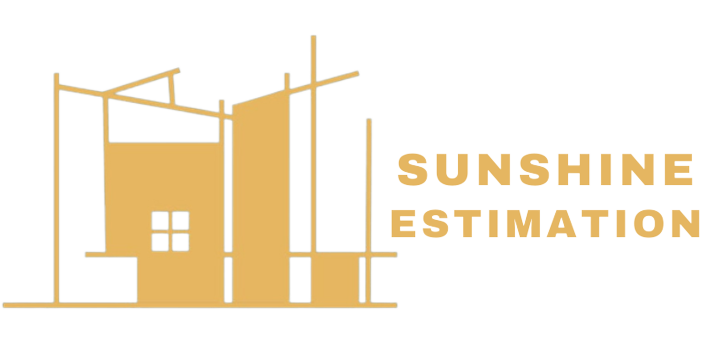In the construction industry, accurate cost estimation is crucial for the success of any project. A material takeoff is a fundamental aspect of this process, serving as the foundation for determining the quantity and cost of materials required for construction. Let’s delve into what a material takeoff is and why it’s essential for construction companies.
What is a Material Takeoff?
A material takeoff, often referred to as a quantity takeoff or material list, is a detailed process of determining the types, quantities, and specifications of materials needed for a construction project. It involves reviewing construction plans, drawings, and specifications to identify every material required to complete the project.
Importance of Material Takeoff
1. Accurate Cost Estimation:
A material takeoff provides construction companies with a precise list of materials, enabling them to generate accurate cost estimates. This helps in budgeting effectively and preventing cost overruns during the construction phase.
2. Efficient Procurement:
With a detailed material takeoff, construction companies can streamline the procurement process. They can order the right quantity of materials at the right time, reducing delays and avoiding shortages on-site.
3. Project Planning and Scheduling:
Understanding the material requirements in advance allows project managers to plan and schedule tasks more effectively. It helps in coordinating deliveries, allocating resources, and ensuring smooth workflow on-site.
4. Quality Assurance:
By specifying the types and grades of materials in the takeoff, construction companies can ensure that the project meets the required quality standards. It helps in selecting durable and appropriate materials for construction.
Steps Involved in Material Takeoff
1. Review Construction Documents:
Begin by thoroughly reviewing construction plans, drawings, and specifications. Identify all the materials required for each part of the project, including structural elements, finishes, mechanical systems, and more.
2. Quantify Materials:
Measure and quantify each material based on the project’s design and specifications. This can be done manually or with the help of specialized software that automates the takeoff process.
3. Create a Detailed Material List:
Compile all the quantified materials into a comprehensive material list. Include details such as material descriptions, dimensions, quantities, and specifications.
4. Update and Revise:
As the project progresses and design changes occur, revisit the material takeoff regularly to update quantities and specifications. This ensures that the cost estimates remain accurate throughout the construction phase.
Conclusion
A material takeoff is an indispensable tool for construction companies in preparing accurate and reliable cost estimates. It not only helps in budgeting and procurement but also plays a crucial role in project planning, scheduling, and quality assurance. By investing time and effort in creating a detailed material takeoff, construction companies can enhance project efficiency, control costs, and ultimately, deliver successful construction projects.
